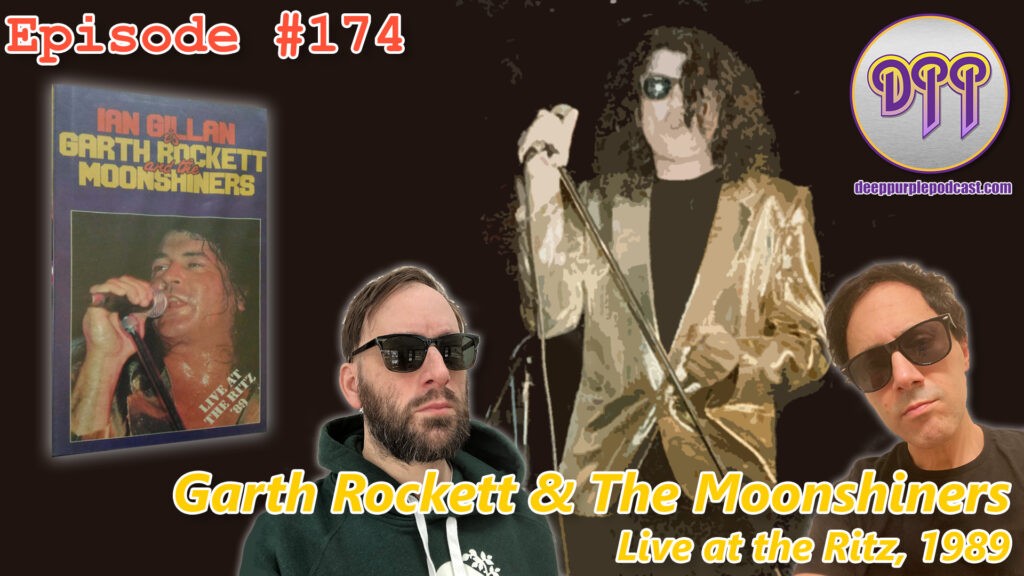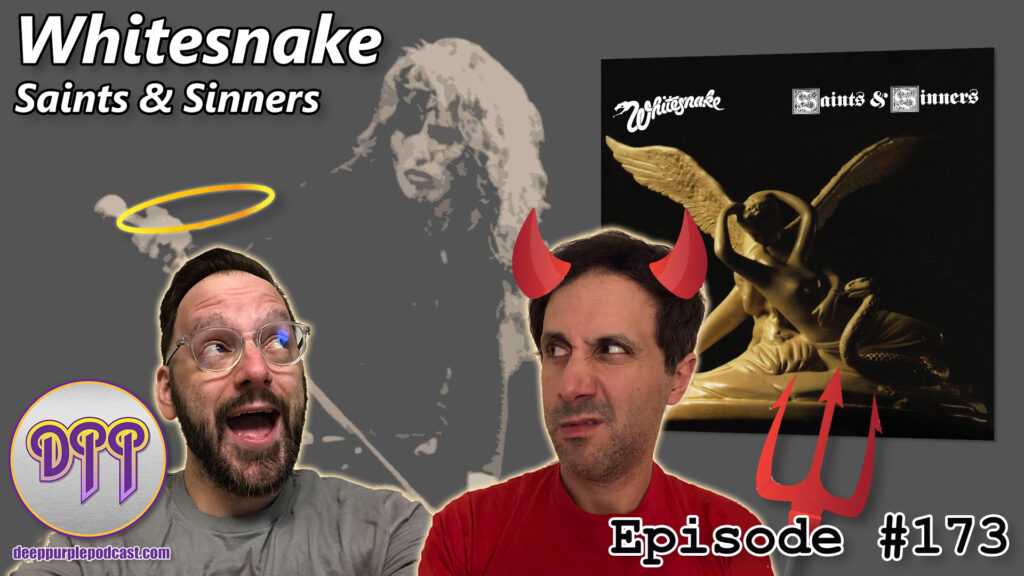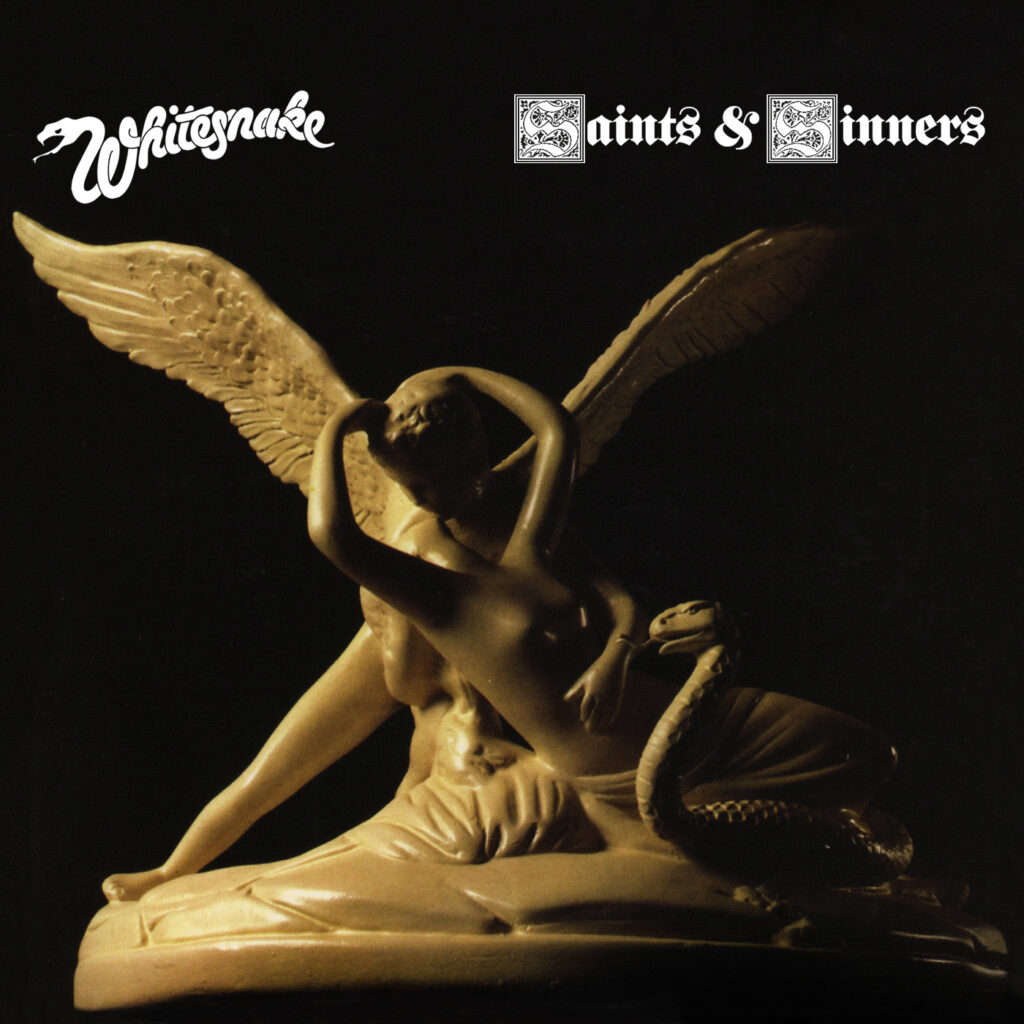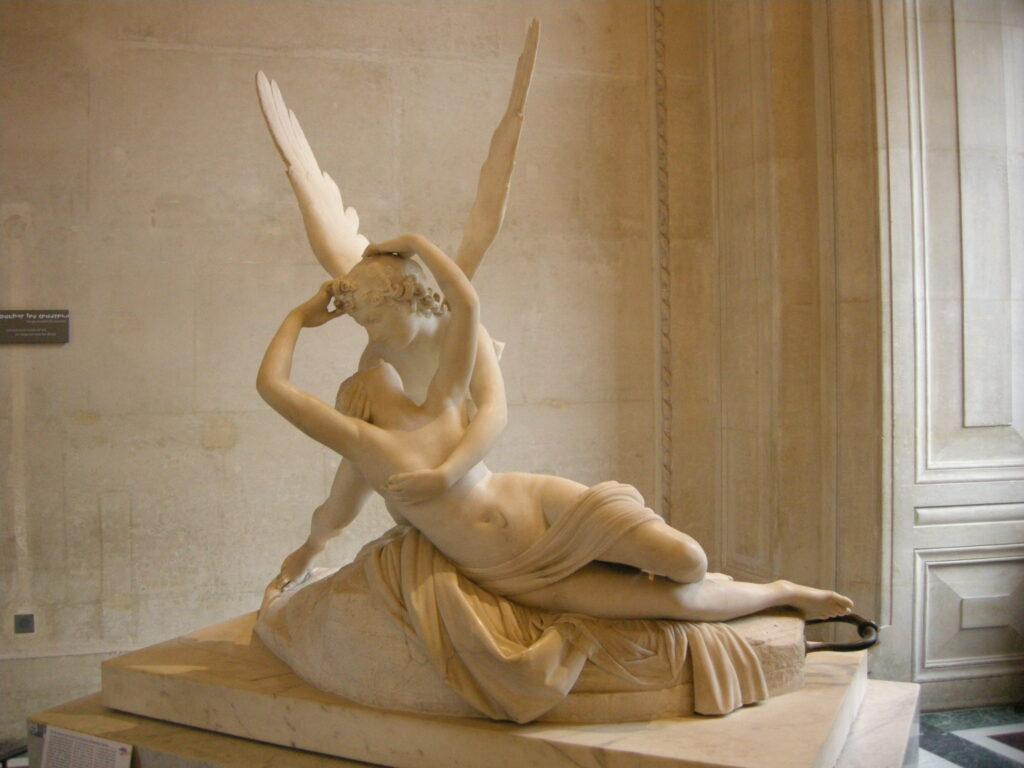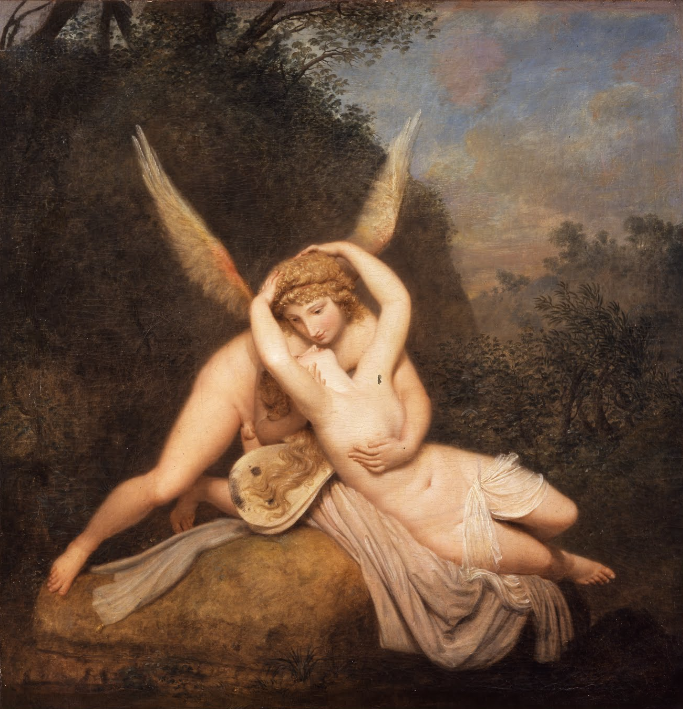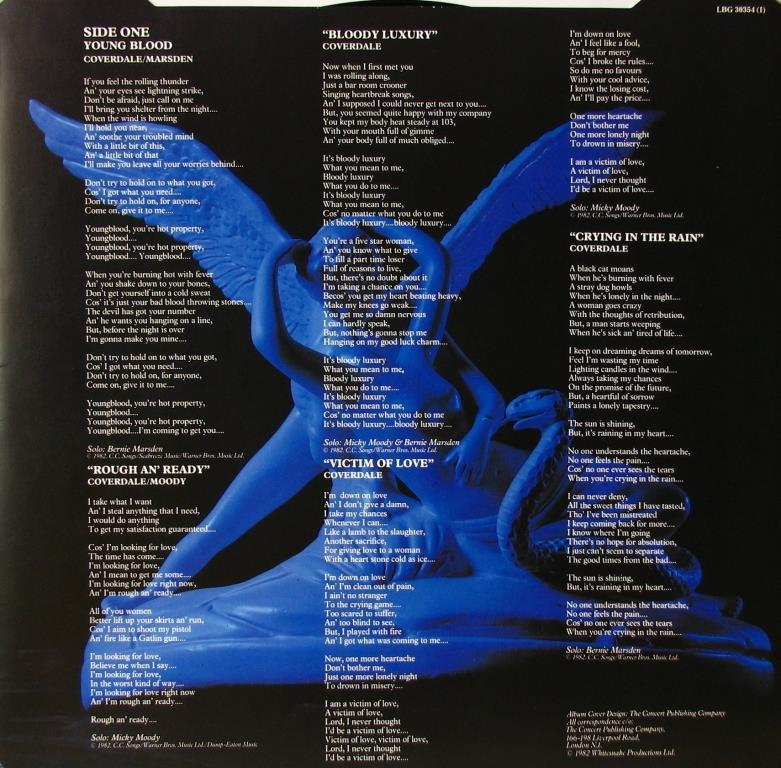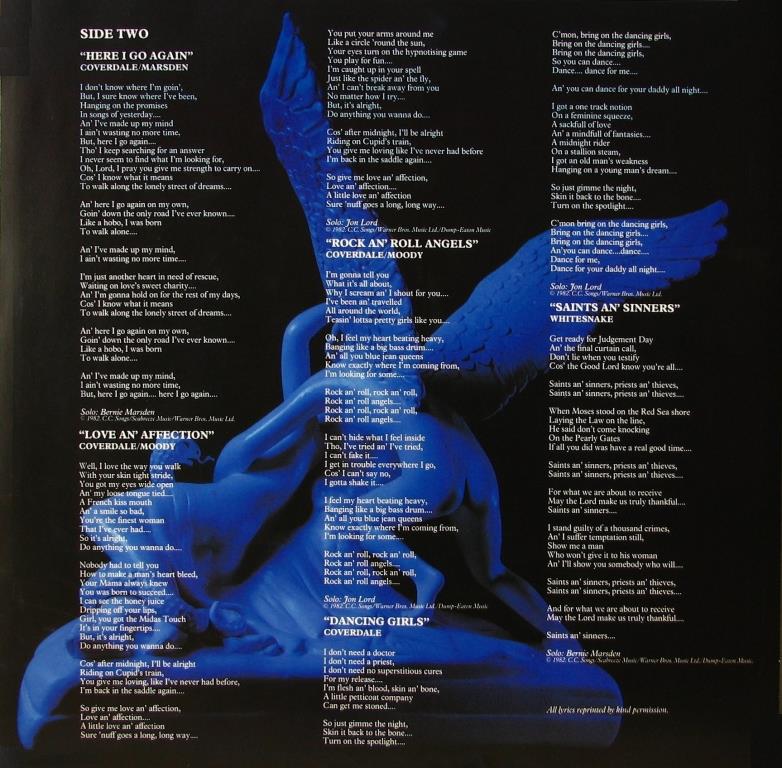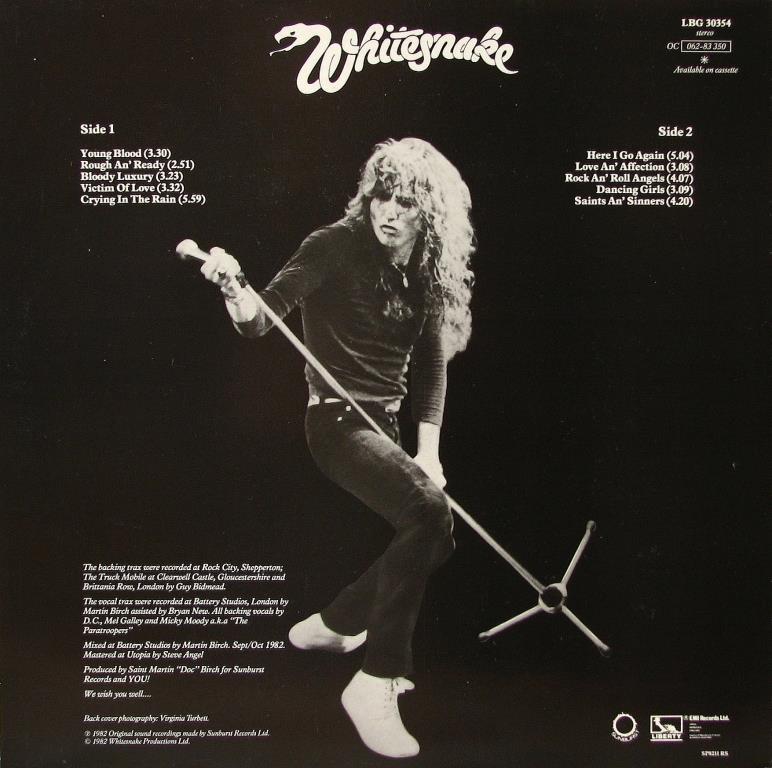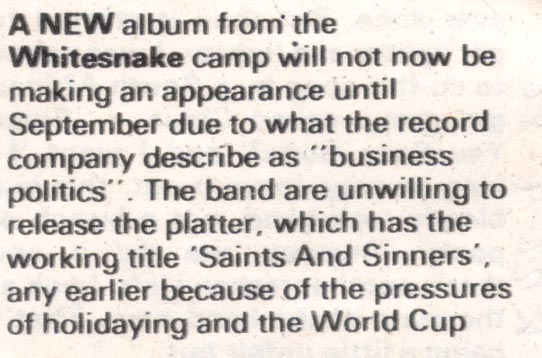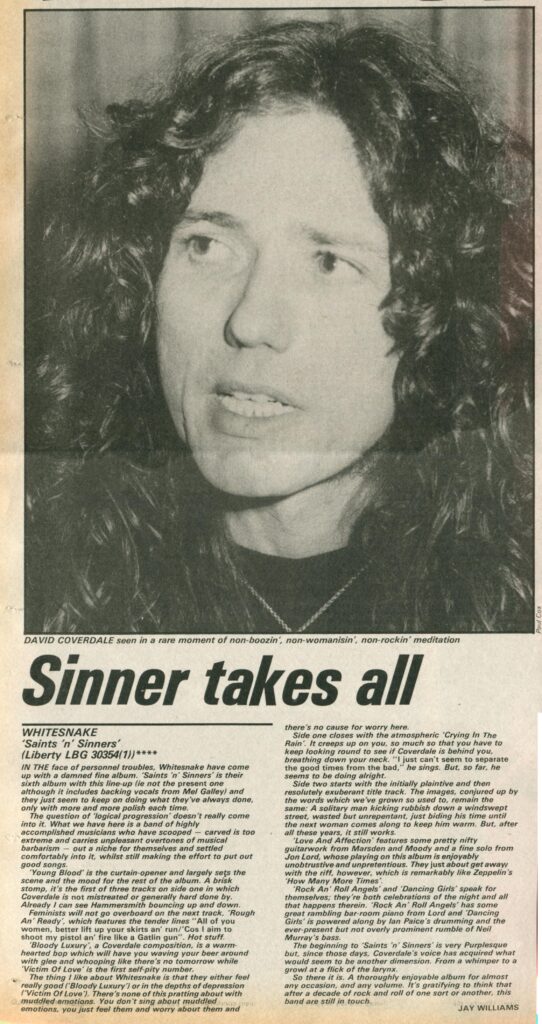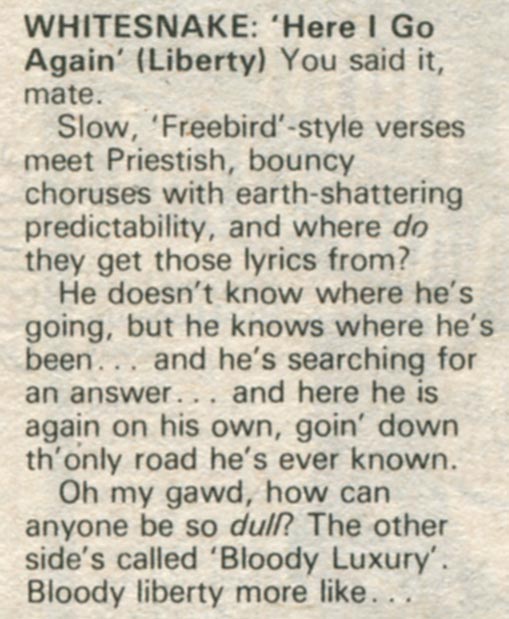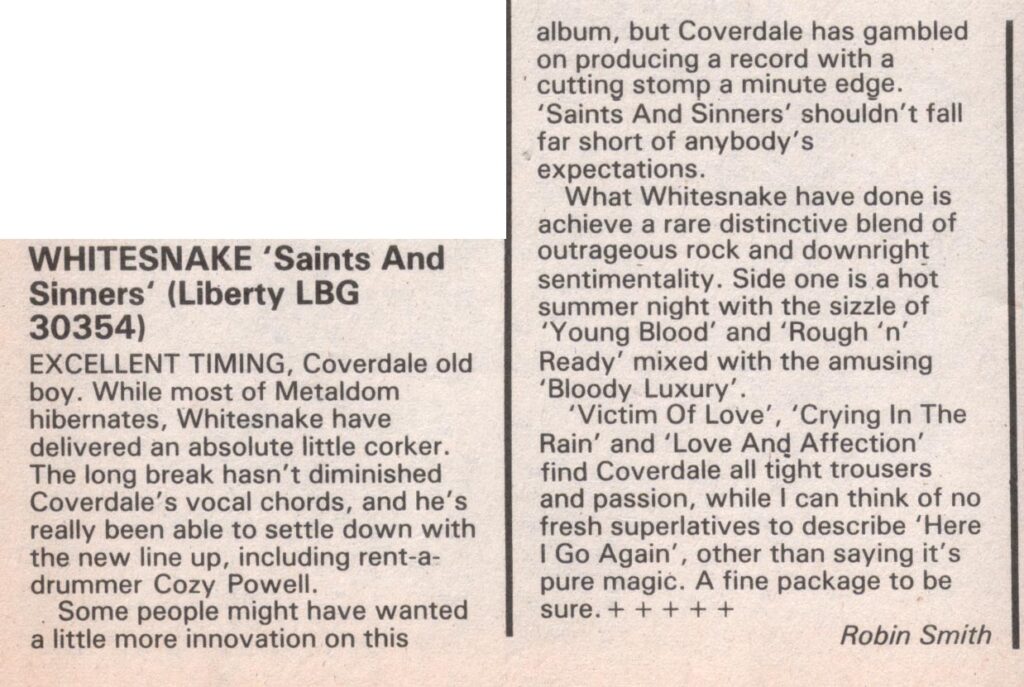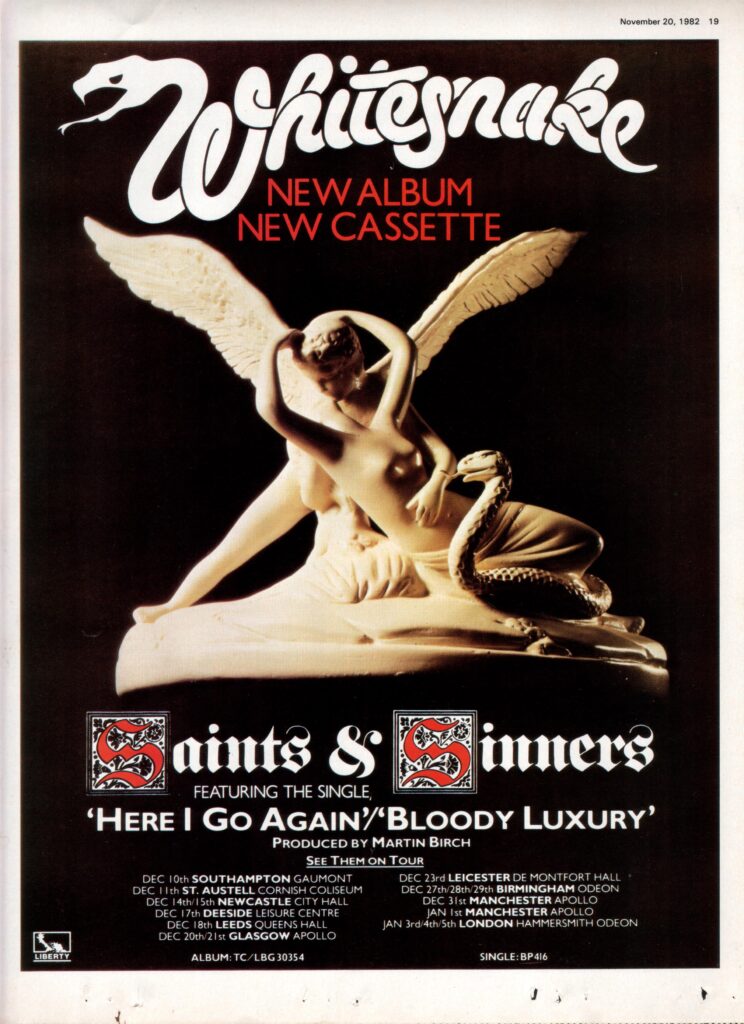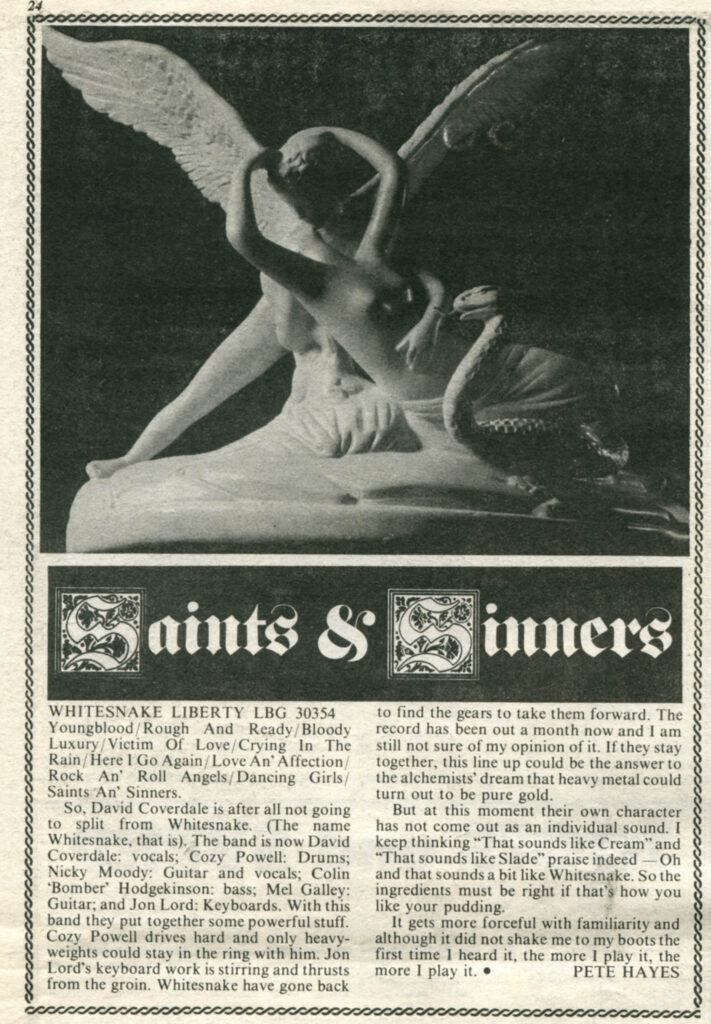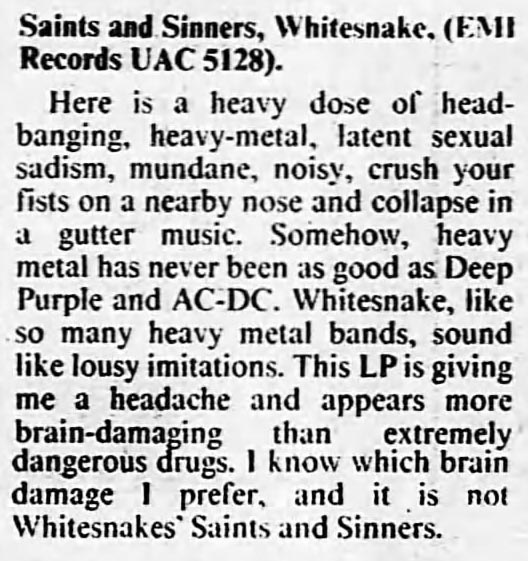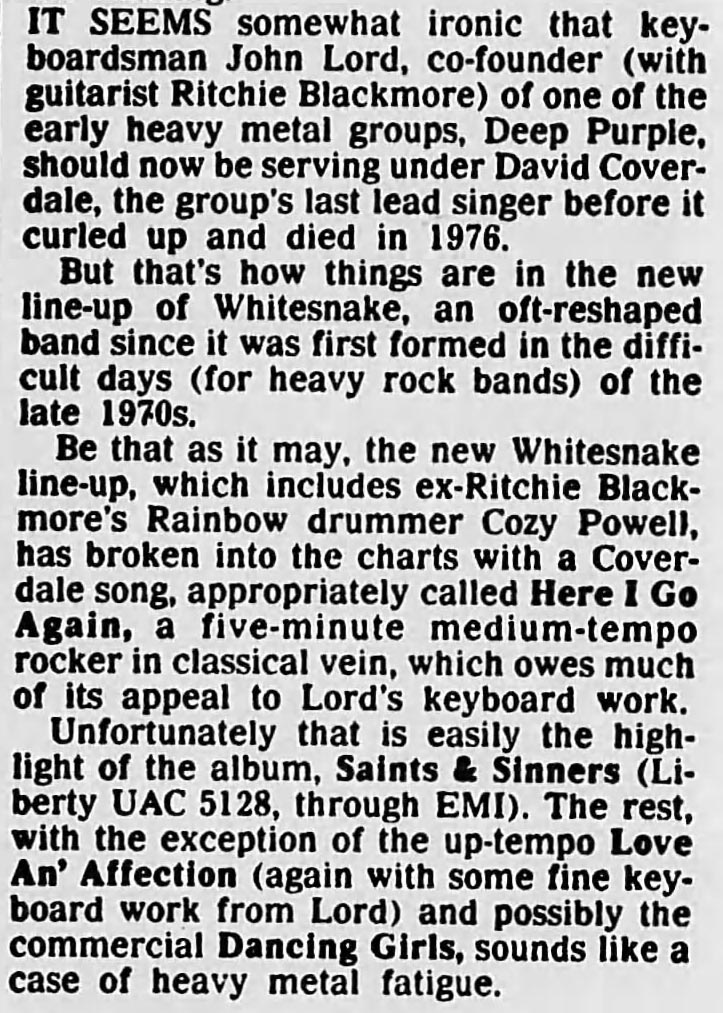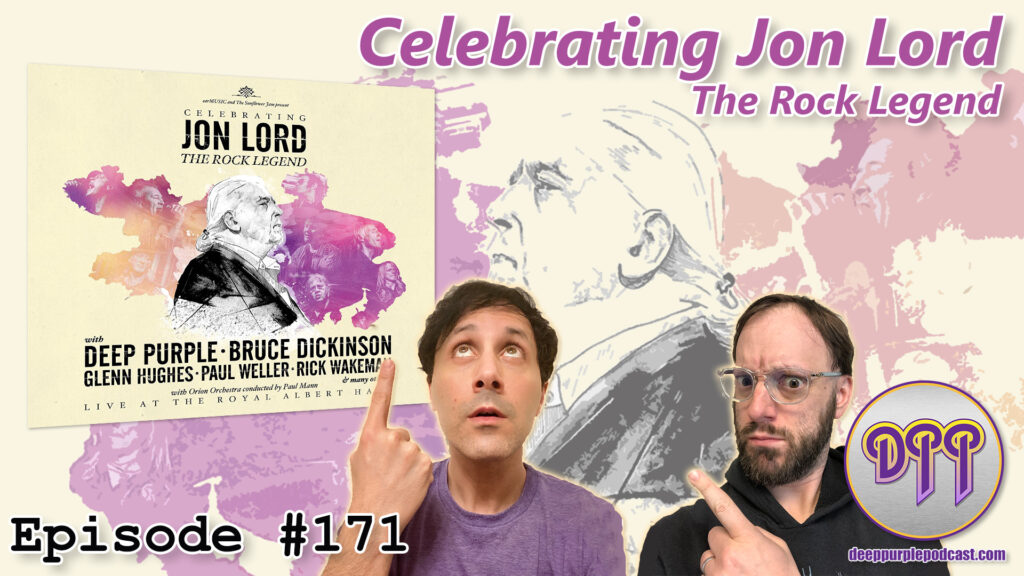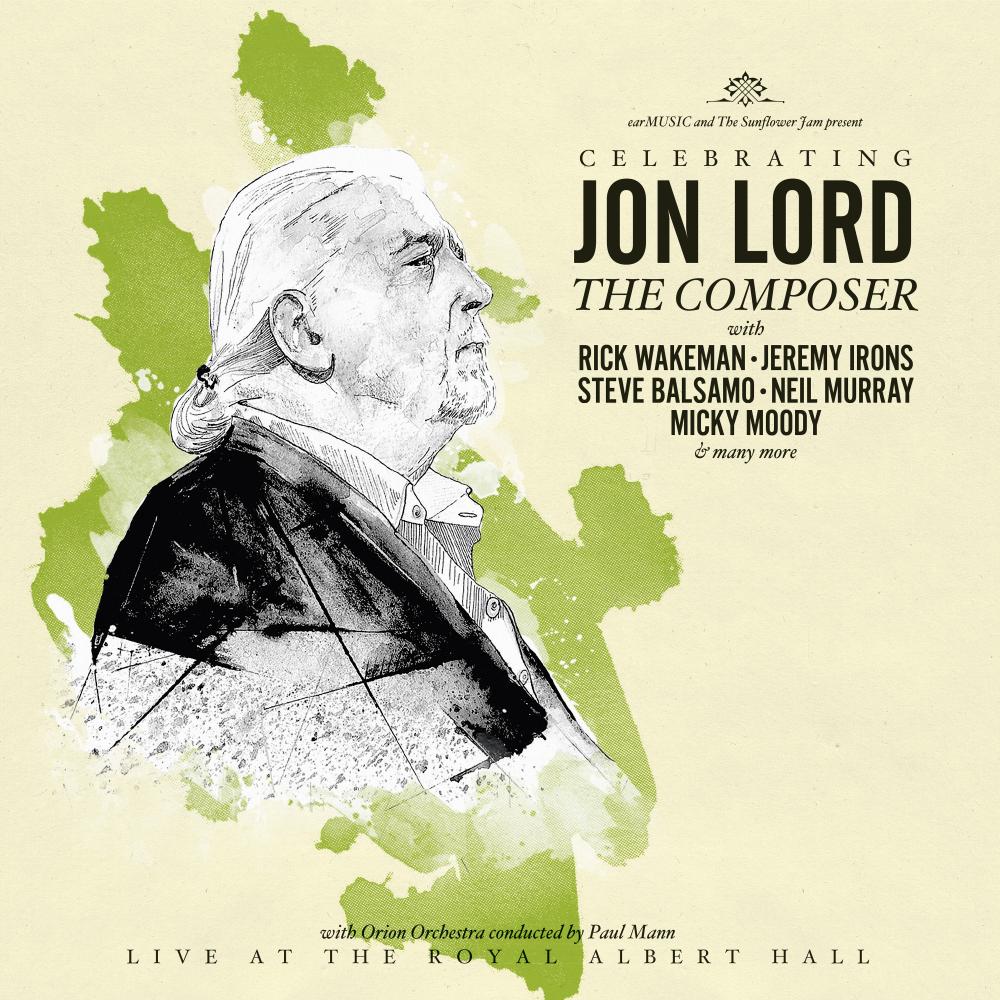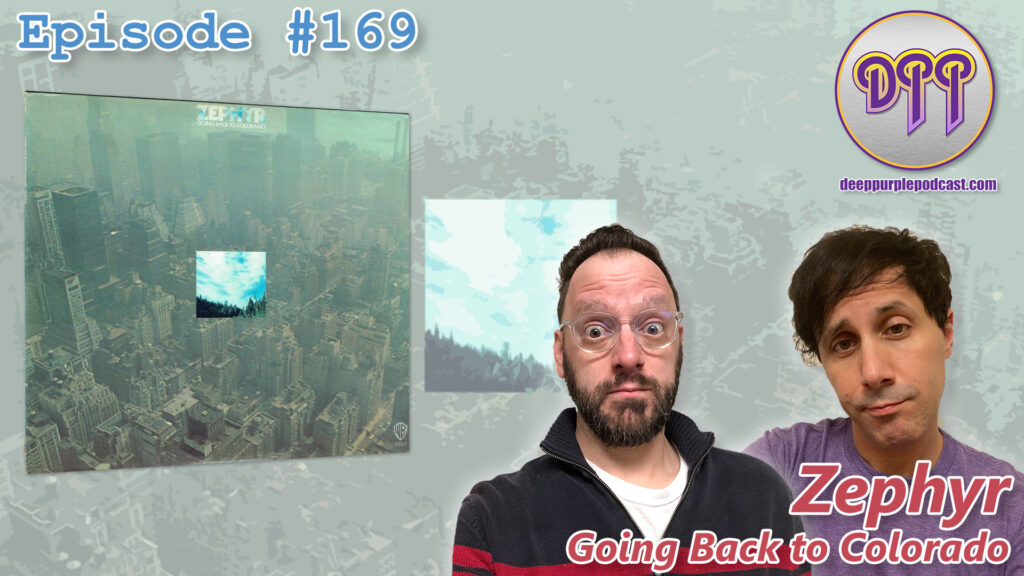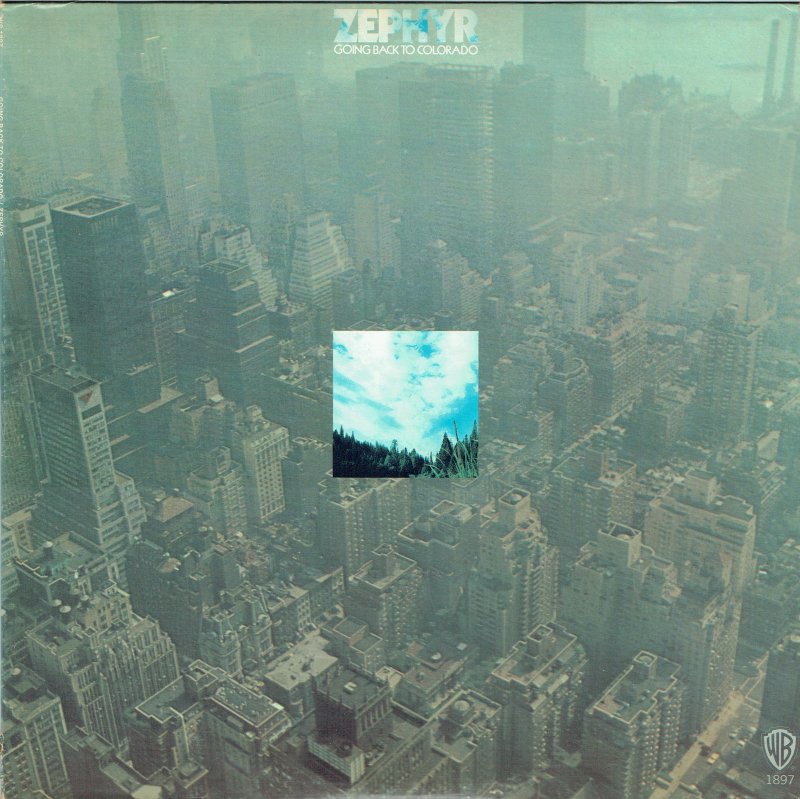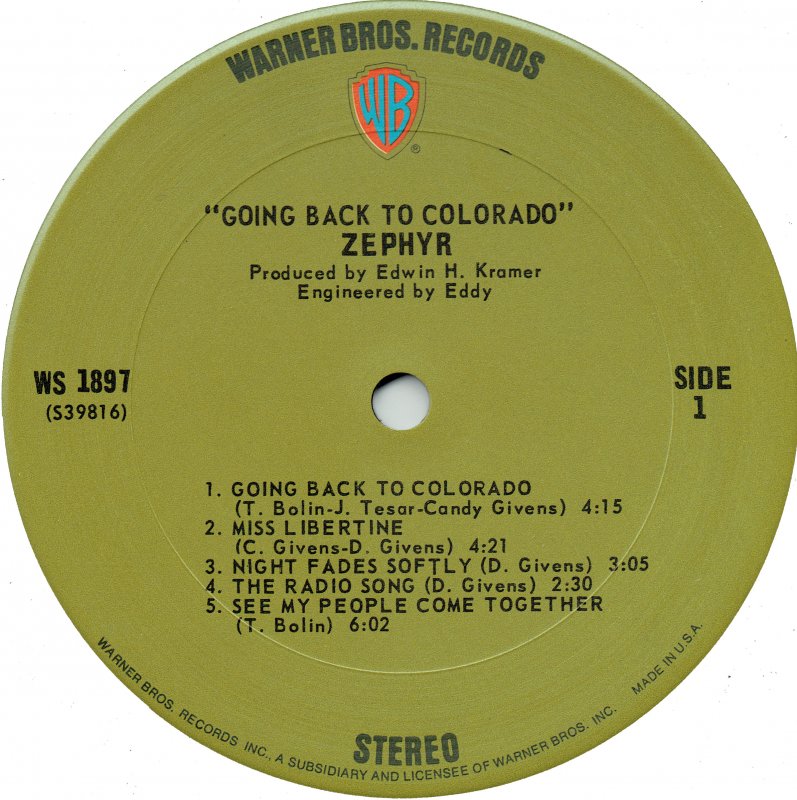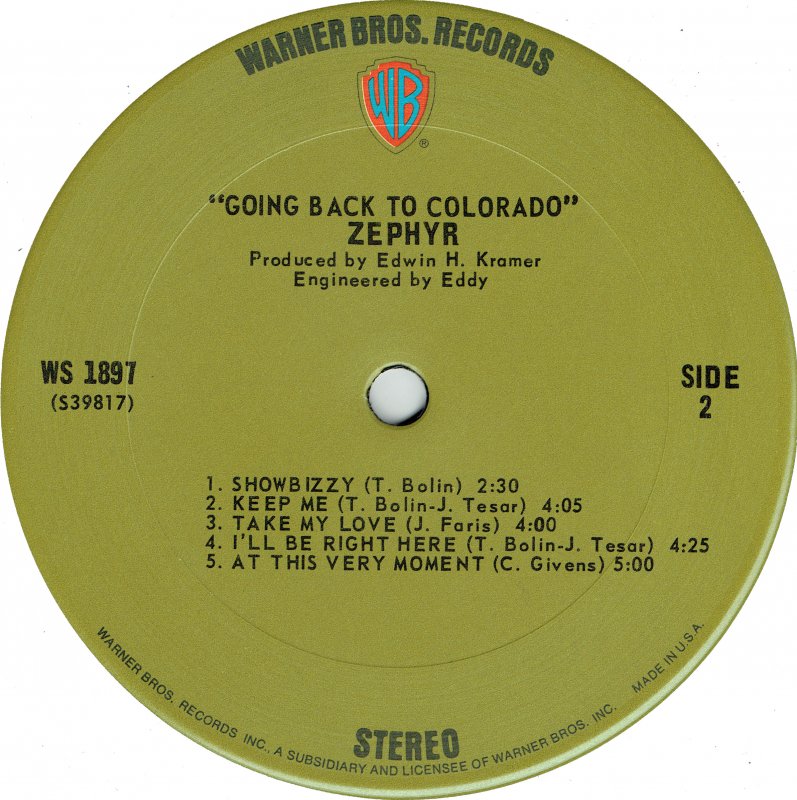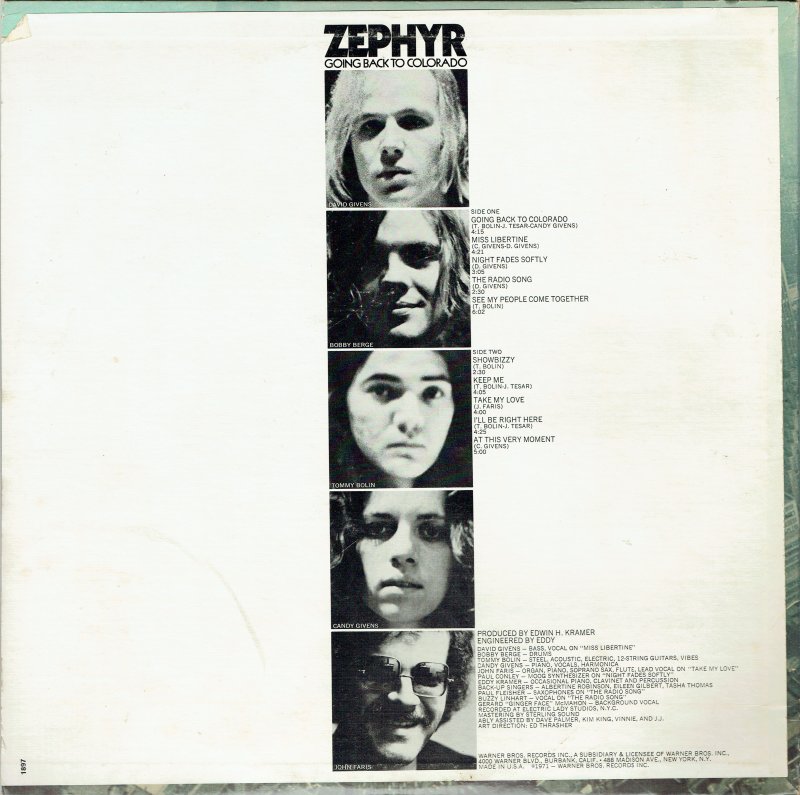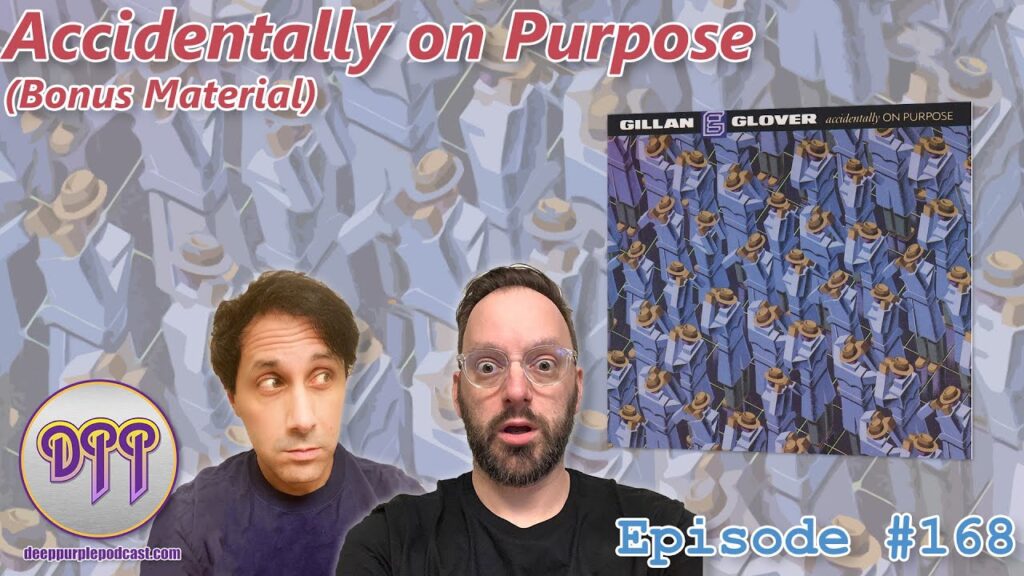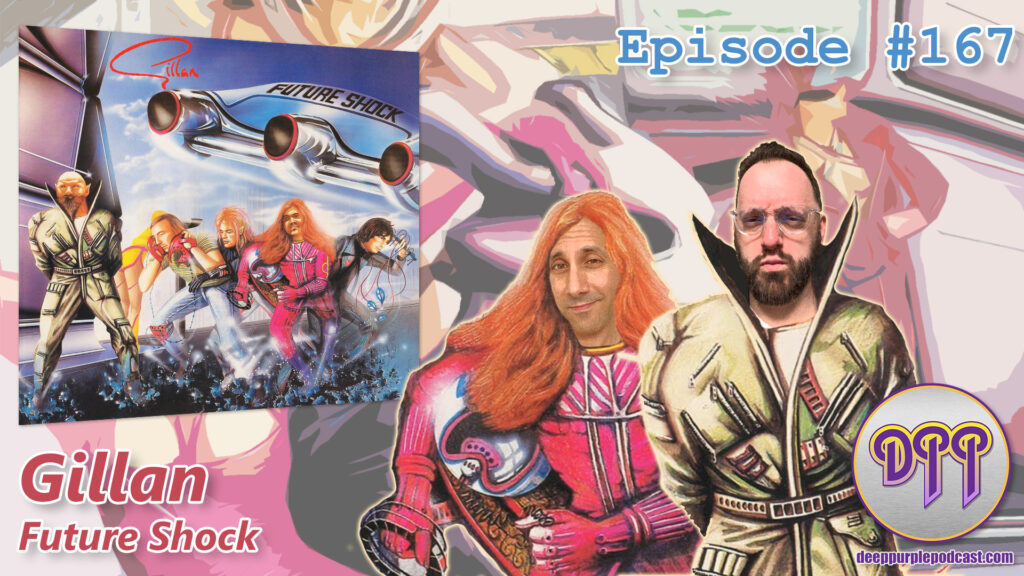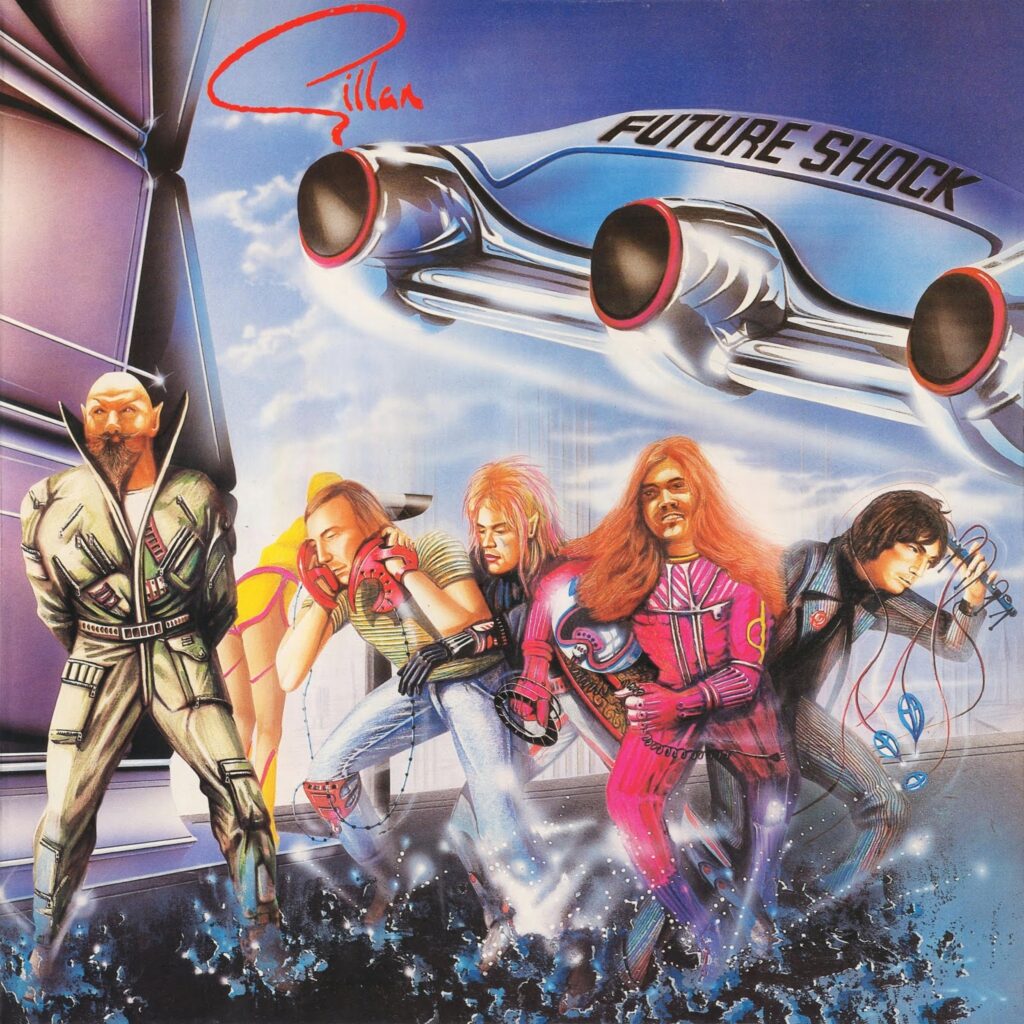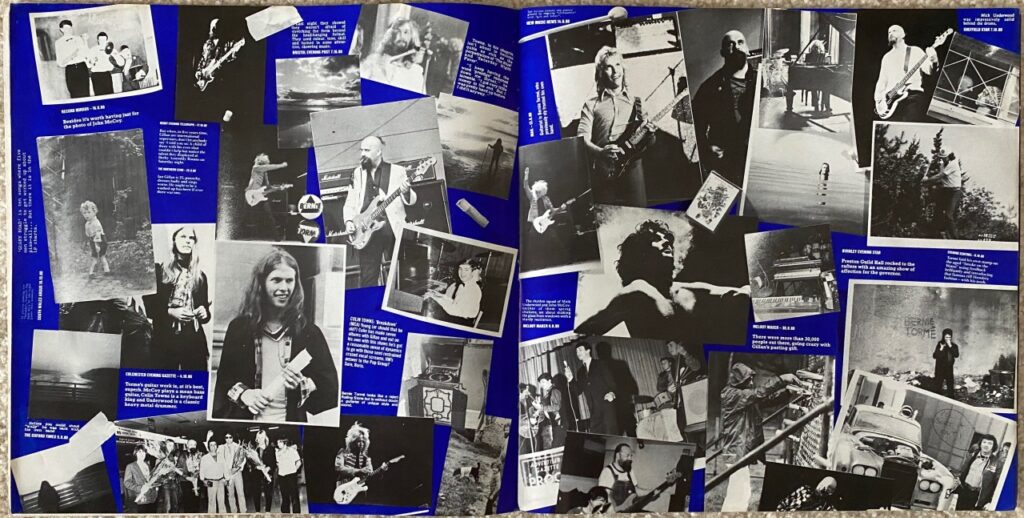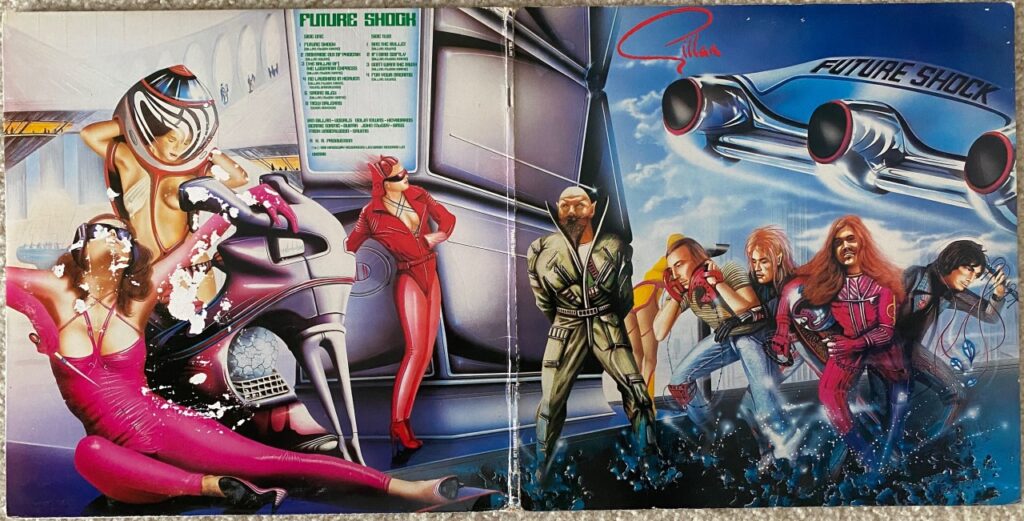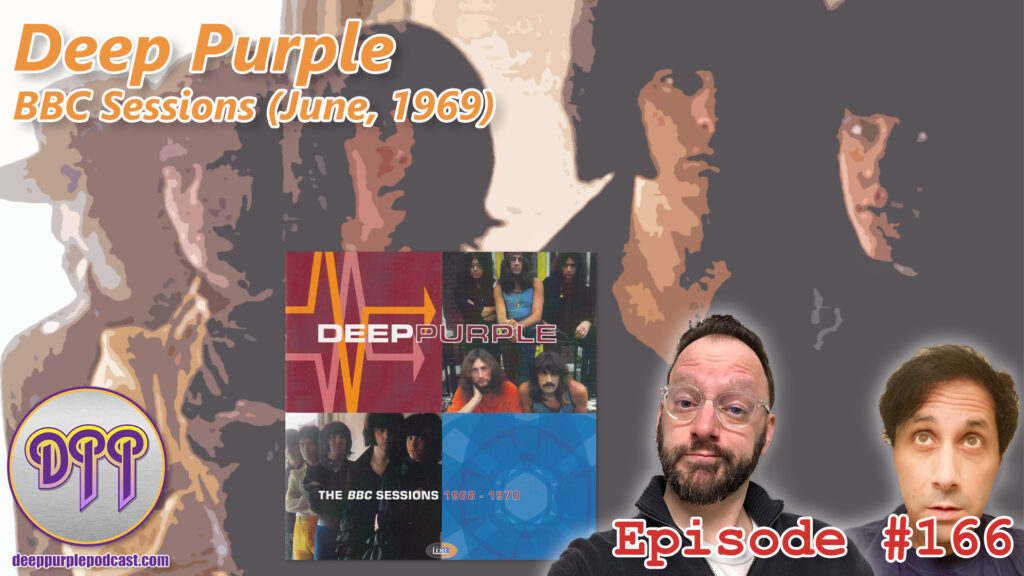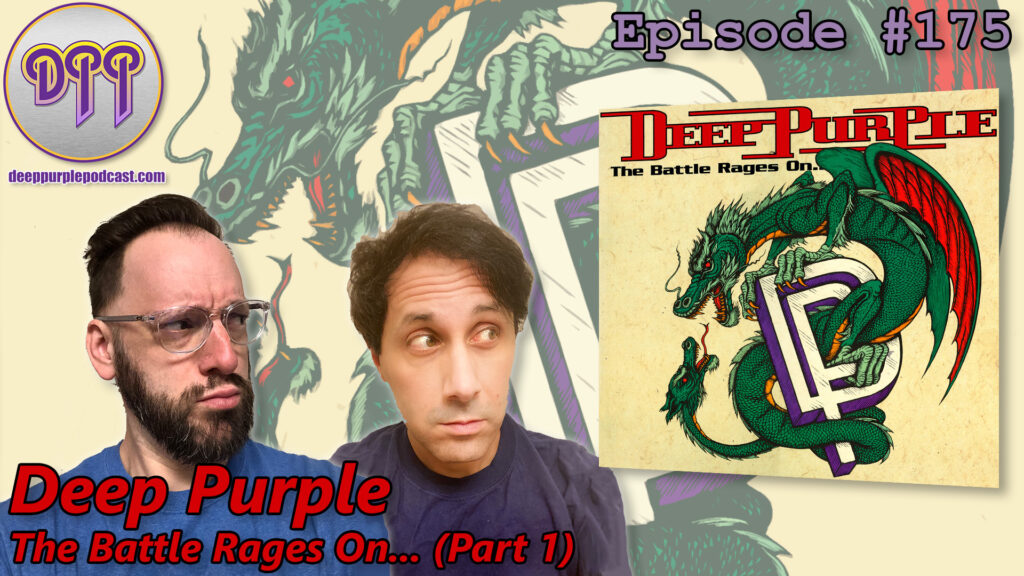
Disclaimer: The video used on YouTube is a byproduct of producing our audio podcast. We post it merely as a convenience to those who prefer the YouTube format. Please subscribe using one of the links below if you’d prefer a superior audio experience.
Subscribe at Apple Podcasts, Stitcher, Google Podcasts, Overcast, Pocket Casts, Anchor.fm, Breaker, PodBean, RadioPublic, Amazon Music, or search in your favorite podcatcher!
How To Support Our Show:
- Leave us a 5-Star Review on Apple Podcasts
- Buy Merch at Our Etsy Store!
- Become a Patron on Patreon
- Donate on Paypal (Donate one time or click “make this a monthly donation” box)
- Donate to $DPPOD Using Cash App
Brendan Ashbrook – Logo Designer
Welcome Our Newest Patron(s):
- Purple Maniac joining at the $25 “Uncommon Man” Tier
Thanks to Our Executive Level Patrons:
- The $25 “Uncommon Man” Tier
- Ovais Naqvi
- Purple Maniac
- $20 “What’s Goin’ On Here” Tier
- Richard Fusey
- The £10 Tier
- Dr. Jill Breis
- The Turn it up to $11 Tier
- Clay Wombacher
- Frank Theilgaard-Mortensen
- Alan “Ain’t Too Proud To” Begg
- Mikkel Steen
- $10 “Some One Came” Tier
- Ryan M
- Jeff Breis
- Victor Campos
- “Better Call” Saul Evans
- Kev Roberts & his wonderful children: Matthew, Gareth, and Sarah
Apple Podcasts Reviews:
- I love mags
- From the UK
- 5 Stars!
- Great fun podcast on Deep Purple
- I wrote this review several months ago, okay sometime last year but I forgot to send it ! So here it is ; I found out about this excellent podcast by accident & I absolutely love it. It’s a great fun listen, I absolutely love the natural humour. I’ve only played a few episodes so have loads to catch up! The House of Blue Light review was very interesting. I saw Purple on this tour at Wembley London UK. On that eve Blackmore refused to do an encore! So Lord and Glover played lead. It was definitely an interesting version of Smoke on the water! Having seen Gillan in mind blowing vocal form (the band) live in 81, it was noticeable Ian had lost some of his range/power by 87/88. Overall he was/is still great. Keep up the great work, thank you! Ps The latest “Accidentally on Purpose” episode was excellent, I had forgotten how good this album was. Like you l appreciate it more now. I bought it when it came out & wasn’t sure I liked it back then 🙂
Whitesnake Live in Illinois September 1, 2022!
- Sadly the show was canceled on August 5, 2022
- https://whitesnake.com/usa-tour-cancellation-announcement/
Postcards From The Edge . . . OF CONNECTICUT!
- Peter Gardow writes in about important matters: The Golden Girls!
Deep Dive Podcast Network:
- Deep Dive Podcast Network
- Sabbath Bloody Podcast
- Skynyrd Reconsydyrd
- The Deep Purple Podcast
- T-Bone’s Prime Cuts On The Other Side
- In The Lap Of The Pods
- The Magician’s Podcast
- Hawk Binge
- Maiden A-Z
- Diary of the Madmen
- Universally Speaking: The Red Hot Chili Peppers Podcast
- Metal Gods Podcast
- The Podcast Will Rock
- Back Tracks: Aerosmith Revisited
- So Far, So Pod . . . So What!
- The Tom Petty Project
Lead up to the Album:
- Many factors were cursing the Mark 5 lineup as they toured in the early 90s.
- Firstly, the changing tastes in music (not limited to but including the rise of the Grunge era) contributed to this lineup’s shows not being as well attended and its album sales not as high.
- In Europe with the fall of the Soviet Union the audiences were so eager for any rock shows that they still tended to do well in the Eastern part of the continent.
- The band’s iconic image and legacy helped keep it afloat in these uncertain times.
- At BMG they were not happy with the current direction of the band. Joe Lynn Turner’s presence seemed to give the band more of a generic impact, not the impact the classic Mark 2 lineup had.
- In November of 1991 they began work on their new album at Greg Rike studios in Florida.
- Turner says: “We’d come out with some great tracks and they’d all turn round and say ‘It’s awful’ . . . Singing with those guys was a dream come true and a nightmare waiting to happen.”
- Colin Hart paints a different picture of what the tour was like rounding out Slaves and Masters. He describes one off gigs in eastern Europe and an overall “awful” feeling.
- Colin says that Bruce Payne “always knew when to orchestrate the changes.”
- Colin describes dwindling tour receipts, lack of interest of promoters.
- Colin booked the band into BEarsville STudios in Woodstock, New York to be begin working on the new album. The studio was built by Bob Dylan’s manager, Albert Grossman.
- They recorded some material through January of 1992 but eventually reached out to some outside songwriting help from Jim Peterik, the songwriter behind Survivor.
- Roger Glover was not happy with this move as he saw his creative input in the band at stake.
- Joe Lynn Turner had a more positive take on the relationship with Peterik. He decitbises some “really cool stuff” they’d written such as songs entitled “Lost In The Machine,: “the STroke of Midnight,” and “Little Miss PRomiscuous. He says “We were just ripping it up with social statements, and all that kind of stuff. We were sort of becoming like an angst band,but with a commercial attitude, and a lot of great music!”
- Roger recalls the songs, “Just Don’t Call It Love,” “Put Your Money Where Your Moth IS” “Vicious Circle of Friends and says “it was a great idea never brought to fruition, I have a demo somewhere.”
- There was a fair amount of talk about 1992 being the 25th anniversary of the band and this, along with previously stated reasons, was another excuse to demand a change for the band.
- Apart from Blackmore the others in the band felt Joe’s style was not good for the band. Earlier there had been initial contacts with Gillan’s management about such a reunion.
- Gillan, however, was not the only option they explored. Blackmore had really been interested in Mike DiMeo, the singer of the band Riot.
- Mike DiMeo: “Ritchie Blackmore asked me to join Deep Purple! That’s the stuff that I like to sing, you know. I was supposed to sing on “The Battle rages On.” I had started to work on that record with Roger Glover. I only worked with them for about three months before BMG pulled the plug. They divided they wanted Ian Gillan to do the twenty-fifth anniversary. I have those same songs on a CD with me singing on them.”
- Roger Glover says that they worked with DiMeo at a studio in Connecticut. He said “it was okay, it wasn’t too great. At least I wasn’t convinced . .. Ritchie really liked him, however. I don’t know what was said between them. I never heard about him again, until now. I still have the tape somewhere, so there’s no danger of it ever being released.”
- Lord, who usually was one to ‘ go with the flow’ was in a different mood this time around. Blackmore received an ultimatum to accept Gillan back on board.
- It took a lot of convincing by the label, and seemed to largely be in the form of a huge cash payout for Blackmore to accept this deal.
- The payout to Blackmore was allegedly in the neighborhood of $2 million. Some said that Ritchie, who was going through his third divorce at the time, may have accepted the offer largely because of the financial burden this was putin gon him.
- Blackmore says he was simply “outvoted” and asaid “I’ll go along with that.” Blackmore said they needed a scapegoat and Joe was it.
- Glover was given the task of convincing Gillan to come back. It seemed to take only one phone call and a few days of consideration before he came back.
- There was a slight hesitation, possibly because Gillan once famously said, “I’d rather slit my throat than sing with that band again.”
- Gillan had put together a four piece band called Repo Depo with Leonard Haze (drums), Brett Bloomfield (bass), and Dean Howard (guitar). They’d toured in South America and were the final lineup of the Garth Rockett/Gillan reincarnation.
- Phil Banfield, Gillan’s manager, was frustrated with Gillan not immediately going abc to Deep Purple and threatened to quit which Gillan said finally got him to accept the offer. Gillan said he loved Repo Depo and was very sad to leave it behind.
- Colin Hart describes Roger Glover flying to England with demos of the new material to see if Gillan could still sing at his previous level, an audition of sorts.
- Gillan describes the disgust he felt upon realizing he was being auditioned and that his entry back into the band was not a given.
- Gillan had to take it all in that he knew he was re-entering the band against Ritchie’s wishes.
- Gillan’s two releases while on hiatus from Deep Purple included “Naked Thunder” which saw lackluster sales and “Toolbox” did better but was nowhere near ths ales he saw tih Deep Purple.
- IT was then on to Red Rooster Studios in Tuntzing, Germany. They then returned to Bearseville Studios then to Orlando at Greg Rike STudios.
- Tensions between Gillan and Blackmore were immediate.
- Colin Hart describes showing Ritchie the biggest suite in the main guesthouse at Red Rooster Studios for him to stay in. He said Ritchie’s first question was “I want to see where Ian and Roger are!”
- Most of the backing tracks were already done. Gillan had to come in and write new lyrics and record new vocals over what was already existed.
- Blackmore, of course, preferred the original recordings done with Joe Lynn Turner.
- Blackmore, despite accepting the ultimatum and the alleged payout was not happy.
- Blackmore said they had a song called “Lonely For You” (not sure if this evolved into something else on the final album) that he claimed woul dhave been a number 1 single. E went to management and insisted Gillan sing it exactly the same. He said management agreed and this would be a condition of Gillan returning. When Blackmore spoke to Gillan he said he didn’t know anything about this arrangement. Blackmore said, “That wasn’t Gillan’s fault, it was management’s.”
- Gilland Glover worked together in the studio to rewrite and rerecord lyrics. While there had been other times in their history when people were in the studio at different times this was the first time that the band had recorded such a large segment without eh whole band working together.
- Mick Wall wrote in Metal Hammer (August 1993) that there was no real communication with Ritchie and Gillan when meeting back up again. There was no “Hello” or greeting, they just had a quick discussion about the stongs then Blackmore played football and hung around for a bit before going back off to America. Gillan and Glover finished up all the lyrics and vocals in about seven weeks.
- Gillan, in Rock World, about recording at the studio in Orlando, Florida: “I really enjoyed that. It was near a lake and I went out canoeing every morning. I went swimming and everyone was waving at me from the shore. I had no idea there was a dangerous alligator chasing me!”
Core Band:
- Bass – Roger Glover
- Drums – Ian Paice
- Guitar – Ritchie Blackmore
- Organ, Keyboards – Jon Lord
- Vocals – Ian Gillan
Technical:
- Producer – Thom Panunzio
- Ritchie: “I was at this club in Florida and I heard this track by Joan Jett. It had a very big sound to it and it was done by Panunzio, and it was so loud so I thought maybe we should use him.”
- Panuzio started as an engineer at The Record Plant in NEw York City. He also worked at The Hit Factory and Rhinoceros Studios.
- In 2003 Thom joined Universal as an Executive Senior Vice President and head of A&R for Geffen.
- Worked with Joan Jett, Iggy Pop, Alice Cooper, Patrick Swayze, The Reverend Horton Heat
- Producer, Mixed By – Roger Glover
- Production Manager – Raymond D’Addario
- Tour Manager – Colin Hart (2)
- Tour Manager [Travel Manager] – Diane Murphy
- Deep Purple manager from 1987 through 2001.
- Engineer – Bill Kennedy
- Worked with Megadeth, The Tragically Hip, and Nine Inch Nails
- Engineer – Hans Gemperle
- https://www.metal-archives.com/artists/Hans_Gemperle/518425
- Worked with a number of German acts.
- Engineer – Jason Corsaro
- Worked with The Cars, The Clash, and Gary U.S. Bonds
- Engineer [Assistant] – Darren Schneider
- Worked with Living Loud, Steve Morse Band, The Hoochie Coochie Men
- Engineer [Assistant] – Devin Emke
- Had a career working mostly with jazz musicians.
- Engineer [Assistant] – John Siket
- https://soundbetter.com/profiles/3845-john-siket
- Worked with Sonic Youth, Phish, Dave Matthews Band
- Engineer [Assistant] – Mark Conese
- Engineer and drummer
- Played drums on Roger Glover’s “Mask” album
- Engineer [Assistant] – Mike Reiter*
- Has a production credit on Frehley’s Comet’s “Second Sighting” album – Discogs lists him as having a writing credit as well but cannot find anything to back that up
- Engineer [Assistant] – Peter Beckerman
- Worked with The Ramones, Dr. John, and Rusted Root
- Engineer [Assistant] – Wally Walton
- A short entry on Discogs

Album Art & Booklet Review
- Design [Package Design] – Reiner Design Consultants, Inc.
- http://reinerdesignconsultants.com/
- Grammy award winning graphic design firm formed by Roger Gorman in 1984. They worked for Cameo, Madonna, Aerosmith, David Bowie, Metallica and Queensrÿche, among others.
- Designed Metallica’s “$5.98 E.P. – Garage Days Revisited” “…And Justice For All,” Queensryche’s “Operation: Mindcrime,”
- Graphics [Dragon Graphic] – James Grashow
- http://www.jamesgrashow.com/
- He is a well known New York wood sculptor and artist.
- Did the album cover for Jethro Tull’s “Stand Up.”
Thanks to Our Core Level Patrons:
- The $7.77 KeepItWarmRat Tier
- Michael Vader
- The Episode $6.66 Tier
- Steve Coldwell
- Arthur Smith
- Anton Glaving
- The $6.65 “Almost Evil” Tier
- Kenny Wymore
- $5.99 The “Nice Price” Tier
- Fielding Fowler
- Robert Smith
- Peter from Illinois
- Michael Bagford
- Karl Hellberg
- $5 “Money Lender” Tier
- John Convery
- German Heindl
- Adrian Hernandez
- Jesper Almén
- Oleksiy The Perfect Stranger Slyepukhov
- James North
- Mark Hodgetts
- Will Porter
- Zwopper The Electric Alchemist
- Tim “Southern Cross” Johnson
- Percival Frequency
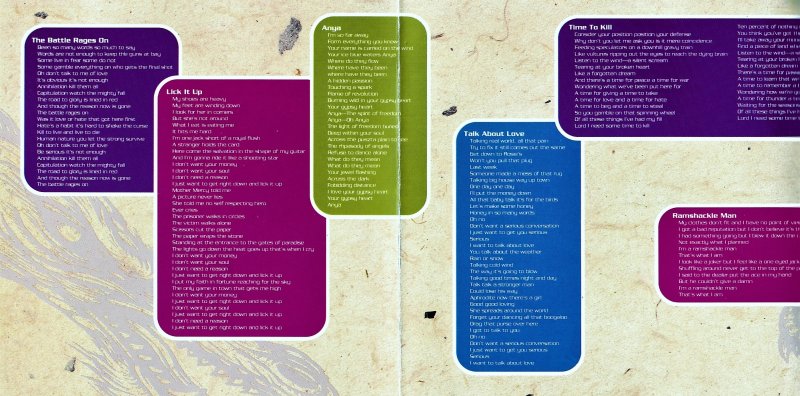
Album Tracks:
- The Battle Rages On (Blackmore, Gillan, Lord, Paice)
- This song is said to have been formed from the original title “Lost In The Machine.”
- Ian Gillan in RAW Magazine, July 21, 1993: “It’s archetypal Purple, but very 90s with it, very expressive. It flows very naturally and is one of the few tunes where you feel that Jon Lord was involved in the writing. Roger’s lyrical idea was that when the Berlin Wall came down everyone felt it was the end of trouble, but at the last count there were 26 wars going on around the world.”
- Gillan in Metal Hammer (August 1993): “That song is basically about Yugoslavia and the futility of trying to make love when all people want to do is kill each other. IT’s an indictment of hate. But, of course, people see the title and immediately think it must be about us, which is why we rather wickedly, I suppose, made it the title of the album.”
- Lick It Up (Blackmore, Gillan, Glover)
- It’s suspected that this song blossomed from the demo called “Little Miss Promiscuous.”
- Ian Gillan (In Rock World Magazine – August, 1993):”We hadn’t been together for a long time, when we made that one. On the new album I think ‘The Battle Rages On’ and‘Lick It Up’are really 1990s rock and get right in the groove. Apparently there’s a Kiss song called ‘Lick It Up’ but ours is nothing like it.
- Ian Gillan in RAW Magazine: “I had no idea Kiss had a track of the same name, although i hear it’s nothing like it. It just felt dirty to me, and it’s my favourite track on the album.”
- Anya (Blackmore, Gillan, Glover, Lord)
- Glover says that they’d written the song but didn’t have an intro. Jon Lord plate dan intro but when Ritchie walked in he said: “Nah. Shit.”
- Ritchie grabbed a nearby acoustic and just noodled around for 40 minutes.
- Jon came in the next day and asked what Ritchie thought of his intro. Roger culled through Rtichie’s acoustic playing, stitched something together and Jon played around it to fit in with what Ritchie was doing.
- Glover said: “It cost me almost a complete day of work. It was cutting and pasting instead of live, but I think it turned out very well.”
- Ian Gillan in Raw (where they call the song “Auya.”): Similar in structure to “Woman From Tokyo,” where you take the spirit of people and a country and turn it into a girl. IT’s about the spirit and freedom that existed behind the Iron Curtain before it came down, the overwhelming desire in every culture to have freedom of expression. It’s the spirit of Hungary, actually, the people who were almost destroyed by the regime, but who always fought back.”
- https://en.wikipedia.org/wiki/Puszta
- Talk About Love (Blackmore, Gillan, Glover)
- Ian Gillan in RAW: “Kinda Funky. Tongue in cheek. I like the words.”
- Time to Kill (Blackmore, Gillan, Glover)
- Ian Gillan in RAW: “A poem really. When you’ve time to kill you acn maybe think about trying to resolve some problems. The meanings of the songs are always secondary to the music but there’s some interesting stuff there anyway.”
- Gillan in Metal Hammer “It was the first song that Rog and I wrote together. We wrote that and ‘Solitaire’ the same day.”
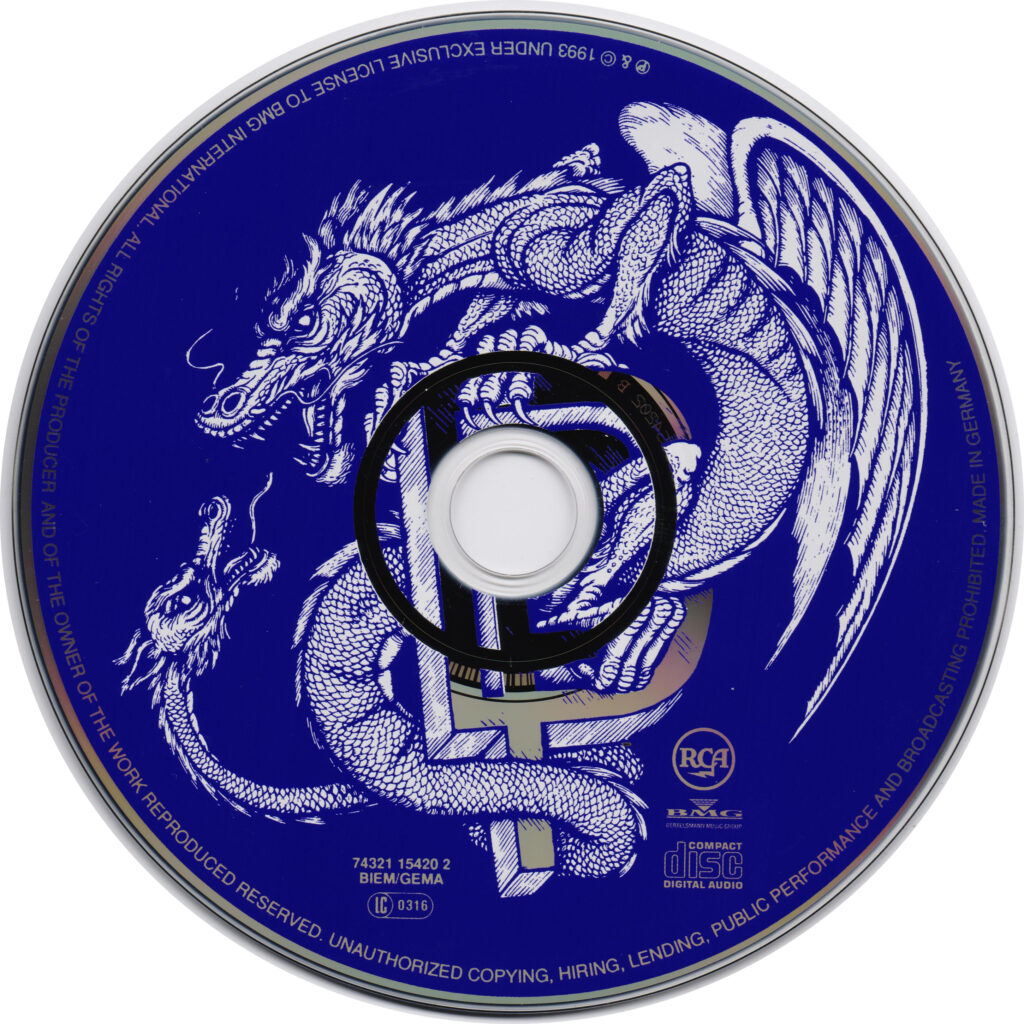
Thanks To Our Foundation Level Patrons:
- The $3.33 Half Way to Evil Tier
- Raff Kaff
- $3 “Nobody’s Perfect” Tier
- Peter Gardow
- Ian Desrosiers
- Mark Roback
- Duncan Leask
- Stuart McCord
- Flight of the Rat Bat Blue Light
- Øyvind Fjeldbu –
- Runar Simonsen –
- JJ Stannard
- $1 Made Up Name Tier
- The “Undead Bootlegger” Leaky Mausoleum
- Stephen Sommerville The Concerto 1999 Fanatic
- Spike, The Rock Cat
- Hank the Tank
- Private Eyes
- Ashen Lionel
- Spike’s Mom
- Blackmore’s Tights
- John Miceli
For Further Information:
- https://en.wikipedia.org/wiki/The_Battle_Rages_On…
- https://www.discogs.com/release/869442-Deep-Purple-The-Battle-Rages-On
- http://www.deep-purple.net/DPASmags/dtb45.htm
- Darker Than Blue Issue #45, July 1993
- Child in Time by Ian Gillan
- Black Knight: Ritchie Blackmore by Jerry Bloom
- The Complete Deep Purple by Michael Heatley
- Smoke on the Water: The Deep Purple Story by Dave Thompson
- A Hart Life by Colin Hart with Dick Allix
- Deep Purple – Nasty Piece of Work by Jerry Bloom
- https://www.thehighwaystar.com/graphics/funstuff/puzzle/
- Help from the archives of Jeff Breis
- Help from the archives of Will Porter
- Help from the archives of Flight of the Rat Bat Blue Light
- Help from the archives of Jim Collins
- Help from the archives of
- @tiaensch on Twitter
- Doug MacBeath
- Chris Clark
Listener Mail/Comments
- Comments about the show? Things you’d like us to cover? We’d love to hear from you. Send us an email at info@deeppurplepodcast.com or @ us on Twitter, Facebook, or Instagram.

